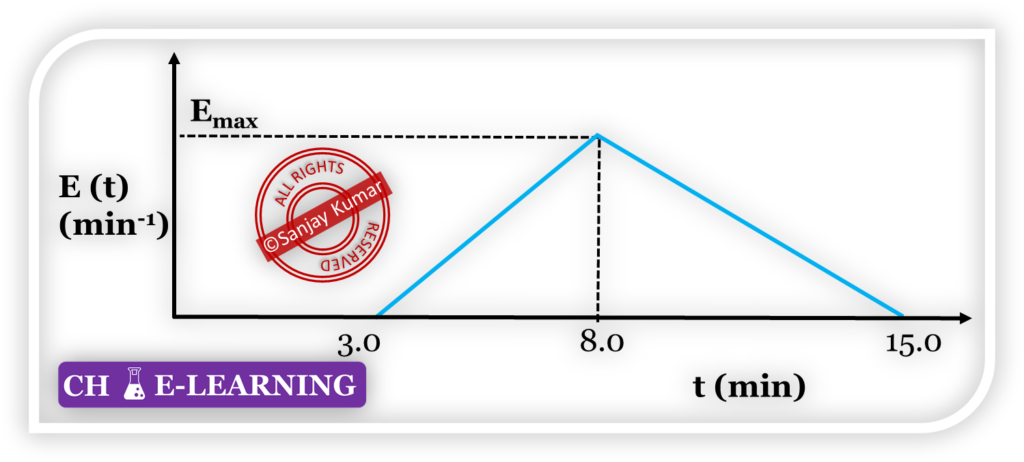Q 1: For the reaction 2R + S → T, the rates of formation, rR, rS, and rT of the substances R, S, and T respectively, are related by
Q 2: For the liquid phase reaction A → P, in a series of experiments in a batch reactor, the half-life t1/2 was found to be inversely proportional to the square root of the initial concentration of A. The order of the reaction is
Q 3: Which is the correct statement from the following statements on the Arrhenius model of the rate constant k=Ae^{-E/RT} ?
Q 4: The rate expression for the reaction of A is given by
-r_A=\frac{k_1C_A^2}{1+k_2C_A^{1/2}}The units of k1 and k2 are, respectively,
Q 5: The first-order liquid phase reaction A → P is to be carried out isothermally in the following ideal reactor configurations.
(P) A 1 m3 CSTR followed by a 1 m3 PFR.
(Q) A 2 m3 CSTR.
(R) A 1 m3 PFR followed by a 1 m3 CSTR.
(S) A 1 m3 CSTR followed by a 1 m3 CSTR.
The overall exit conversions, X, for the above configurations P, Q, R, and S, assuming identical inlet conditions and temperature, are related as
Q 6: The gas phase reaction A → B + C is carried out in an ideal PFR achieving a 40 % conversion of A. The feed has 70 mol% A and 30 mol% inerts. The inlet temperature is 300 K and the outlet temperature is 400 K. The ratio of the outlet to inlet molar concentration of A (assuming an ideal gas mixture and uniform pressure) is
Q 7: Match the items in Group I with those in Group II Group
| Group I | Group II |
| P: Porous catalyst | 1: Selectivity |
| Q: Parallel reaction | 2: Shrinking core model |
| R: Non-ideal tubular reactor | 3: Thiele modulus |
| S: Gas-solid non-catalytic reaction | 4: Dispersion number |
Q 8: The rate of the liquid phase reversible reaction A↔2B in (kmol m-3 min-1) at 298 K, is
-r_A=0.02C_A-0.01C_Bwhere the concentrations CA and CB are expressed in (kmol m-3). What is the maximum limiting conversion of A achievable in an isothermal CSTR at 298 K, assuming pure A is fed at the inlet
Statement linked questions Q 9 & 10:
The residence time distribution E(t) (as shown below) of a reactor is zero until 3 minutes and then increases linearly to a maximum value Emax at 8 minutes after which it decreases linearly back to zero at 15 minutes.

Q 9: What is the value of Emax?
Q 10: What is the value of the mean residence time in minutes?
